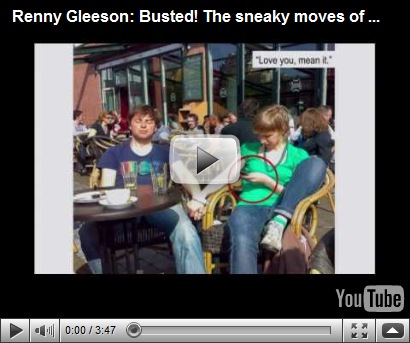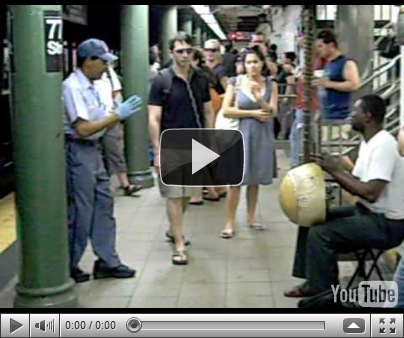Excerpt from “The Creativity Crisis,” by Po Bronson and Ashley Merryman, Newsweek (July 10, 2010):
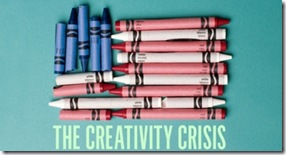 In early childhood, distinct types of free play are associated with high creativity. Preschoolers who spend more time in role-play (acting out characters) have higher measures of creativity: voicing someone else’s point of view helps develop their ability to analyze situations from different perspectives. When playing alone, highly creative first graders may act out strong negative emotions: they’ll be angry, hostile, anguished. The hypothesis is that play is a safe harbor to work through forbidden thoughts and emotions.
In early childhood, distinct types of free play are associated with high creativity. Preschoolers who spend more time in role-play (acting out characters) have higher measures of creativity: voicing someone else’s point of view helps develop their ability to analyze situations from different perspectives. When playing alone, highly creative first graders may act out strong negative emotions: they’ll be angry, hostile, anguished. The hypothesis is that play is a safe harbor to work through forbidden thoughts and emotions.
In middle childhood, kids sometimes create paracosms—fantasies of entire alternative worlds. Kids revisit their paracosms repeatedly, sometimes for months, and even create languages spoken there. This type of play peaks at age 9 or 10, and it’s a very strong sign of future creativity. A Michigan State University study of MacArthur “genius award” winners found a remarkably high rate of paracosm creation in their childhoods.
From fourth grade on, creativity no longer occurs in a vacuum; researching and studying become an integral part of coming up with useful solutions. But this transition isn’t easy. As school stuffs more complex information into their heads, kids get overloaded, and creativity suffers. When creative children have a supportive teacher—someone tolerant of unconventional answers, occasional disruptions, or detours of curiosity—they tend to excel. When they don’t, they tend to underperform and drop out of high school or don’t finish college at high rates.
They’re quitting because they’re discouraged and bored, not because they’re dark, depressed, anxious, or neurotic. It’s a myth that creative people have these traits. (Those traits actually shut down creativity; they make people less open to experience and less interested in novelty.) Rather, creative people, for the most part, exhibit active moods and positive affect. They’re not particularly happy—contentment is a kind of complacency creative people rarely have. But they’re engaged, motivated, and open to the world.
The new view is that creativity is part of normal brain function. Some scholars go further, arguing that lack of creativity—not having loads of it—is the real risk factor. In his research, Runco asks college students, “Think of all the things that could interfere with graduating from college.” Then he instructs them to pick one of those items and to come up with as many solutions for that problem as possible. This is a classic divergent-convergent creativity challenge. A subset of respondents, like the proverbial Murphy, quickly list every imaginable way things can go wrong. But they demonstrate a complete lack of flexibility in finding creative solutions. It’s this inability to conceive of alternative approaches that leads to despair. Runco’s two questions predict suicide ideation—even when controlling for preexisting levels of depression and anxiety.
In Runco’s subsequent research, those who do better in both problem-finding and problem-solving have better relationships. They are more able to handle stress and overcome the bumps life throws in their way. A similar study of 1,500 middle schoolers found that those high in creative self-efficacy had more confidence about their future and ability to succeed. They were sure that their ability to come up with alternatives would aid them, no matter what problems would arise.
- See also: Forget Brainstorming What you think you know about fostering creativity is wrong. A look at what really works.




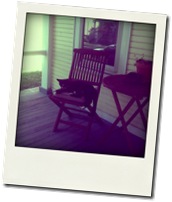 It could happen any time, tornado,
It could happen any time, tornado, 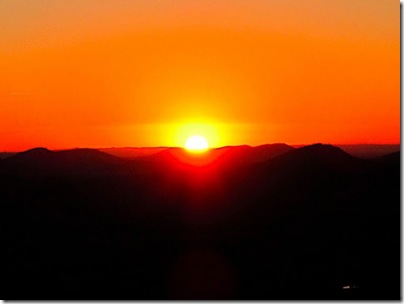

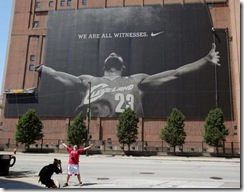

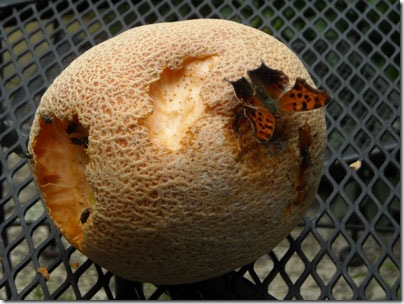
 "It's no wonder we don't defend the land where we live. We don't live here. We live in television programs and movies and books and with celebrities and in heaven and by rules and laws and abstractions created by people far away and we live anywhere and everywhere except in our particular bodies on this particular land at this particular moment in these particular circumstances."
"It's no wonder we don't defend the land where we live. We don't live here. We live in television programs and movies and books and with celebrities and in heaven and by rules and laws and abstractions created by people far away and we live anywhere and everywhere except in our particular bodies on this particular land at this particular moment in these particular circumstances."  In early childhood, distinct types of free play are associated with high creativity. Preschoolers who spend more time in role-play (acting out characters) have higher measures of creativity: voicing someone else’s point of view helps develop their ability to analyze situations from different perspectives. When playing alone, highly creative first graders may act out strong negative emotions: they’ll be angry, hostile, anguished. The hypothesis is that play is a safe harbor to work through forbidden thoughts and emotions.
In early childhood, distinct types of free play are associated with high creativity. Preschoolers who spend more time in role-play (acting out characters) have higher measures of creativity: voicing someone else’s point of view helps develop their ability to analyze situations from different perspectives. When playing alone, highly creative first graders may act out strong negative emotions: they’ll be angry, hostile, anguished. The hypothesis is that play is a safe harbor to work through forbidden thoughts and emotions. Toward evening, as the light failed
Toward evening, as the light failed  “Counterfeiters exist because there is such thing as real gold.”
“Counterfeiters exist because there is such thing as real gold.”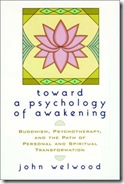 Starting in the 1970s I began to perceive a disturbing tendency among many members of spiritual communities. Although many spiritual practitioners were doing good work on themselves, I noticed a wide-spread tendency to use spiritual practice to bypass or avoid dealing with certain person or emotional “unfinished business.” This desire to find a release from the earthly structures that seem to entrap us—the structures of karma, conditioning, body, form, matter, personality—has been a central motive in the spiritual search for thousands of years. So there is often a tendency to use spiritual practice to try to rise above our emotional and personal issues—all those messy, unresolved matters that weigh us down. I call this tendency to avoid or prematurely transcend basic human needs, feelings, and developmental tasks spiritual bypassing.
Starting in the 1970s I began to perceive a disturbing tendency among many members of spiritual communities. Although many spiritual practitioners were doing good work on themselves, I noticed a wide-spread tendency to use spiritual practice to bypass or avoid dealing with certain person or emotional “unfinished business.” This desire to find a release from the earthly structures that seem to entrap us—the structures of karma, conditioning, body, form, matter, personality—has been a central motive in the spiritual search for thousands of years. So there is often a tendency to use spiritual practice to try to rise above our emotional and personal issues—all those messy, unresolved matters that weigh us down. I call this tendency to avoid or prematurely transcend basic human needs, feelings, and developmental tasks spiritual bypassing. 

 “Our name shelters a stranger, about whom we know nothing except that he is we ourselves.”
“Our name shelters a stranger, about whom we know nothing except that he is we ourselves.” It may seem surprising, or quite counterintuitive, that finally arriving home would require us, first of all, to take great care to conceal ourselves. Doesn’t coming home mean coming home to our true selves, finally dropping all the masks and standing revealed as we are? Why then is such caution, such deception, necessary?
It may seem surprising, or quite counterintuitive, that finally arriving home would require us, first of all, to take great care to conceal ourselves. Doesn’t coming home mean coming home to our true selves, finally dropping all the masks and standing revealed as we are? Why then is such caution, such deception, necessary?  It’s not like saying, if you turn towards fear, if you smile at fear, then BOOM—you’re fearless. Instead, you don’t discover courage right away. What you discover is something actually painful, but extremely tender.
It’s not like saying, if you turn towards fear, if you smile at fear, then BOOM—you’re fearless. Instead, you don’t discover courage right away. What you discover is something actually painful, but extremely tender. 

